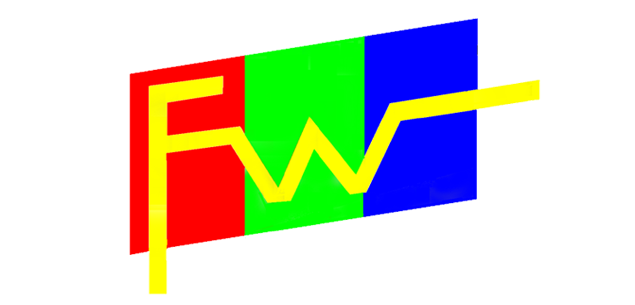Application of display screen in the instrument
Display screens play a critical role in modern instruments and equipment. These displays provide visual feedback, data, and other information to operators. Display screens are used in a wide range of instruments, including medical devices, industrial control systems, laboratory equipment, and many other applications.
In this article, we will explore the use of display screens in instruments and the different types of displays available. We will also discuss the key factors that should be considered when selecting a display screen for an instrument application.
Types of Display Screens
There are several types of display screens that are commonly used in instruments, including LED, LCD, OLED, and e-Paper displays.
LED displays are known for their high brightness and wide viewing angles. These displays are commonly used in applications where high visibility is important, such as industrial control panels.
LCD displays are widely used in instruments due to their low power consumption, high contrast, and excellent color reproduction. LCD displays are available in a wide range of sizes and resolutions, making them suitable for a variety of applications.
OLED displays are known for their high contrast, fast refresh rates, and low power consumption. These displays are ideal for applications where fast, high-quality displays are required, such as medical instruments.
e-Paper displays are unique in that they do not require a power source to maintain the display, making them ideal for battery-operated instruments. e-Paper displays have excellent readability in direct sunlight and are ideal for applications where the display will be viewed in bright light conditions.
Factors to Consider When Selecting a Display Screen
When selecting a display screen for an instrument application, there are several key factors that should be considered. These include:
- Resolution: The resolution of the display will affect the clarity and sharpness of the images and text that are displayed. Higher resolution displays will provide better image quality, but they may also consume more power.
- Viewing Angle: The viewing angle of the display will determine how well the display can be seen from different positions. Wide viewing angle displays are ideal for applications where the display will be viewed from multiple angles.
- Brightness: The brightness of the display will affect the visibility of the display in bright light conditions. Higher brightness displays are ideal for outdoor applications and applications where the display will be viewed in bright light conditions.
- Power Consumption: The power consumption of the display will affect the battery life of the instrument. Low power consumption displays are ideal for battery-operated instruments.
- Cost: The cost of the display will impact the overall cost of the instrument. Cost-effective displays are ideal for applications where cost is a concern.
Conclusion
Display screens play a critical role in modern instruments and equipment. When selecting a display screen for an instrument application, there are several key factors that should be considered, including resolution, viewing angle, brightness, power consumption, and cost. By carefully considering these factors, you can ensure that you select the best display screen for your instrument application.

